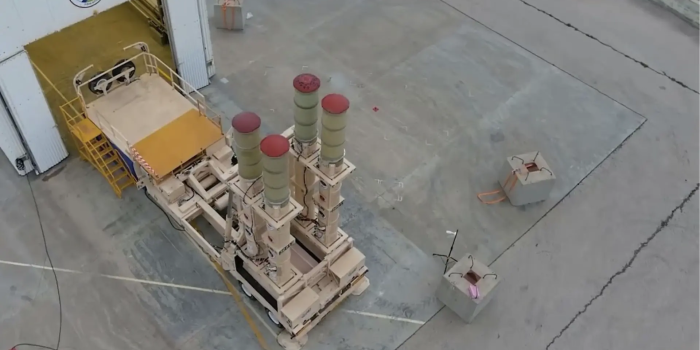Recent reports reveal Israel’s successful exoatmospheric interception of a missile following Iran’s launch of rocket barrages.
Intercepting missiles launched beyond Earth’s atmosphere, usually over the Kármán line and around 100 kilometers above sea level, is known as exoatmospheric interception. Advanced defensive systems, such as Israel’s Arrow 3 anti-ballistic missile system, intended to destroy long-range ballistic threats, are essential to this intricate process.
Defense systems use ground-based radar and satellite monitoring to guide the deployment of interceptors during the midcourse period of a ballistic missile’s trajectory. When a danger is identified, an interceptor missile with sensors on board locates and strikes a target in space, like striking a bullet with another bullet.

The incoming missile breaks apart upon collision with the interceptor’s kill vehicle, creating a cloud of debris made up of parts of the interceptor and the missile. Although this debris continues the missile’s original trajectory, the intensity of the explosion and the lack of air drag lead it to disperse, decreasing the chance of detonation.
Israel’s success with exoatmospheric interception is an achievement that is frequently limited to fictitious scenarios or simulated exercises. This skill is important for defending against nuclear threats since interceptions made from outside the surface of the Earth reduce the possibility of radioactive contamination of the atmosphere.

Dispersal of debris in the exoatmosphere presents unique difficulties and may jeopardize objects in orbit, such as satellites. Nevertheless, Israel’s Arrow 3 system, created in partnership with Boeing, shows how successfully exoatmospheric interception prevents long-range ballistic missile threats.
The United States and Israel can conduct exoatmospheric interceptions, and Israel’s Arrow 3 system indicates its determination to improve its national security in the face of emerging regional threats.


